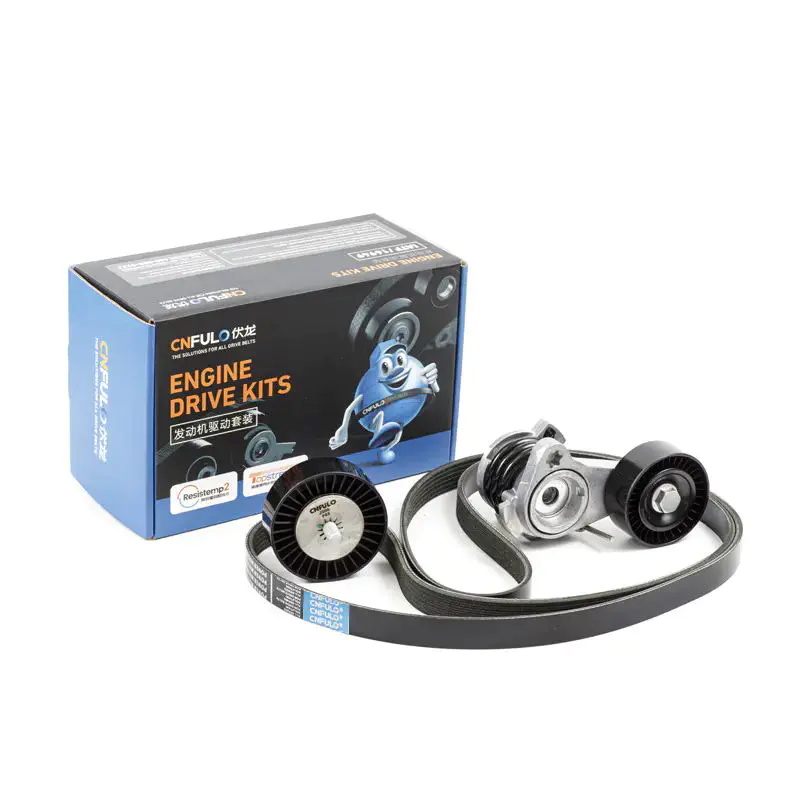When a timing belt fails, several critical engine components can be affected. Here are the key parts that might be impacted:
Valves: When a timing belt fails, the synchronization between the camshaft and crankshaft is lost, causing the camshaft to stop turning. In an interference engine, this means that the pistons, which continue to move due to the inertia of the crankshaft, can collide with the valves that remain open. This collision can bend or break the valves, resulting in a loss of compression in the affected cylinders. Repairing this damage typically involves removing the cylinder head, replacing the damaged valves, and possibly machining the valve seats to ensure a proper seal. In severe cases, the entire cylinder head may need to be replaced.
Pistons: The pistons can sustain significant damage when they collide with open valves. This can manifest as dents, cracks, or holes in the piston crowns. Such damage can affect the piston's ability to compress the air-fuel mixture properly, leading to a loss of power and efficiency. Repairing or replacing damaged pistons usually requires a complete engine teardown, where the engine block is disassembled, and the pistons are inspected, and damaged ones are replaced.
Cylinder Head: The cylinder head can suffer damage when the pistons strike the valves. This impact can cause cracks or warping of the head, which can lead to coolant and oil leaks, as well as loss of compression. Repairing a damaged cylinder head may involve welding cracks, resurfacing the head to ensure it is flat, and pressure testing to check for leaks. In cases where the damage is too severe, the cylinder head may need to be replaced entirely. This process involves significant labor and costs, as it requires the removal and reinstallation of the head, along with re-torquing the head bolts to the correct specifications.
Camshaft: The abrupt stoppage of the camshaft due to a timing belt failure can exert excessive force on the camshaft and its bearings. This can result in the camshaft breaking or the camshaft bearings being damaged. A broken camshaft may need to be replaced, and damaged bearings might require a complete overhaul of the cylinder head, including replacing the camshaft and its associated bearings and seals. Ensuring proper alignment and lubrication during reassembly is crucial to prevent future issues.
Timing Belt Tensioner and Pulleys: The timing belt tensioner and pulleys maintain the correct tension and alignment of the timing belt. A sudden failure of the timing belt can damage these components, leading to a loss of tension and misalignment. Replacing the tensioner and pulleys is essential to prevent future timing belt failures. This process involves removing the old components, installing new ones, and ensuring the correct tension and alignment of the new timing belt.
Crankshaft: In extreme cases, the force exerted by a timing belt failure can damage the crankshaft or its bearings. This damage can disrupt the engine's balance and smooth operation, leading to vibrations and potential further damage. Repairing or replacing the crankshaft involves a complete engine teardown, inspection of the crankshaft journals, and replacement of any damaged bearings. This process is complex and requires precise measurements and assembly to ensure proper engine function.
